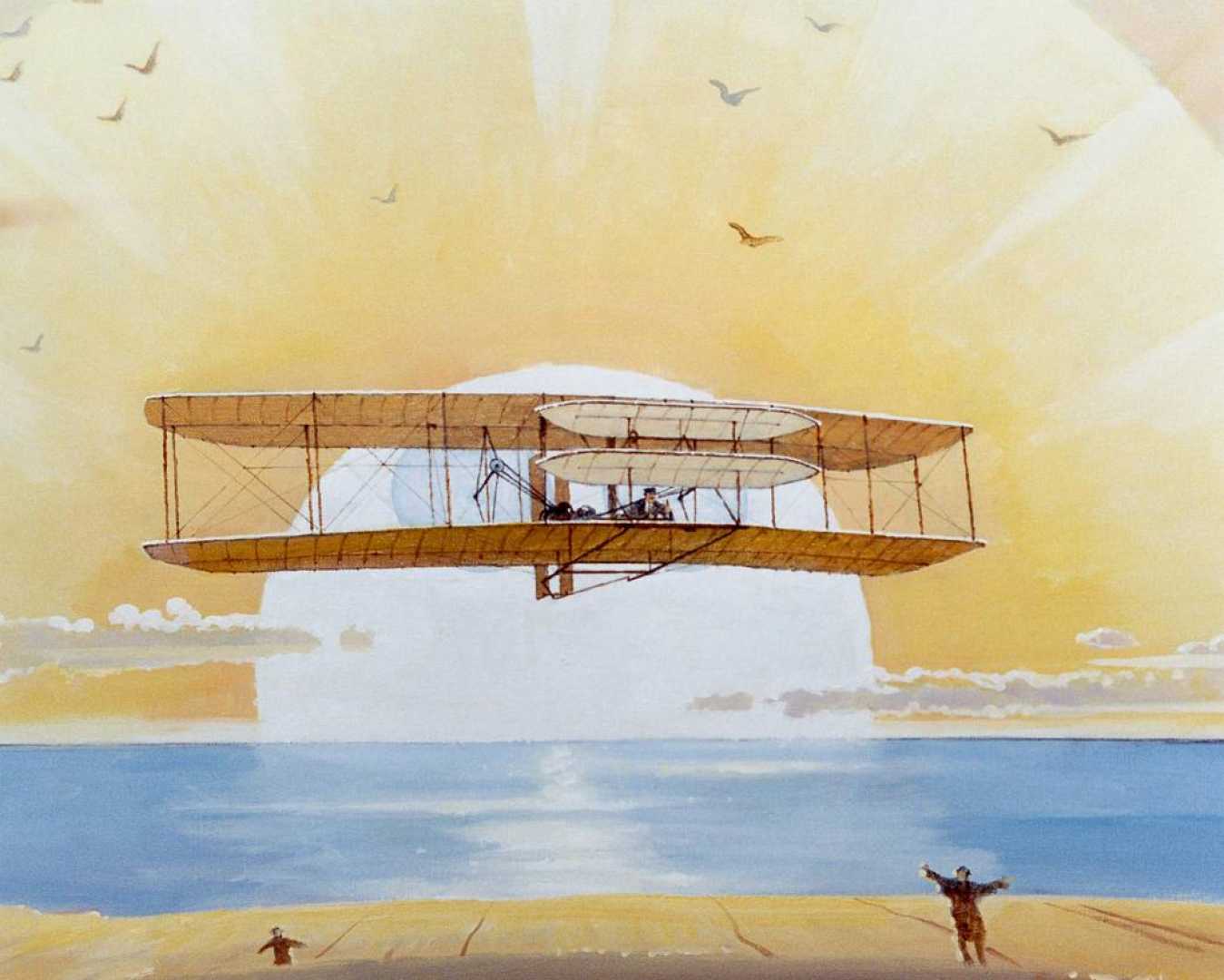News
Celebrating National Aviation Day: NASA Honors Pioneering Flight Innovations

Washington, D.C. — August 19 marks National Aviation Day, a celebration established by President Franklin D. Roosevelt in 1939 to honor aviation pioneer Orville Wright. The day highlights the contributions of the Wright brothers, who achieved the first powered flight in 1903.
NASA, which has a rich history in aeronautics research spanning over a century, recognizes this occasion as a testament to the advancements in flight technology. NASA officials noted that their engineers focus on pioneering technologies that enhance airplane design, including high-speed flight and advanced safety management.
To commemorate the day, NASA encourages the public to explore several aviation-related activities. Visitors to airports might notice technologies developed by NASA, such as winglets, which reduce aerodynamic drag, and chevron nozzles that help decrease engine noise. These innovations significantly contribute to improved air travel efficiency.
NASA officials also suggest visiting local science centers that feature exhibits about aviation. Centers near NASA’s Langley, Glenn, and Ames Research Centers offer insightful experiences related to aeronautics research.
For those interested in aviation history, watching classic films or reading books on flight can be enjoyable ways to honor the day. Crafting model airplanes or building with LEGO bricks also provides an engaging experience for families and aspiring engineers.
Beyond entertainment, NASA invites enthusiasts to participate in plane spotting at local airports while adhering to security guidelines. As NASA continues to lead in aviation research, marking this special day serves as a reminder of the importance of flight innovations.
“NASA is dedicated to transforming air transportation,” said John Gould of NASA’s Aeronautics Strategic Communications team. “Our commitment is to ensure air travel is safe, efficient, and accessible for future generations.”












